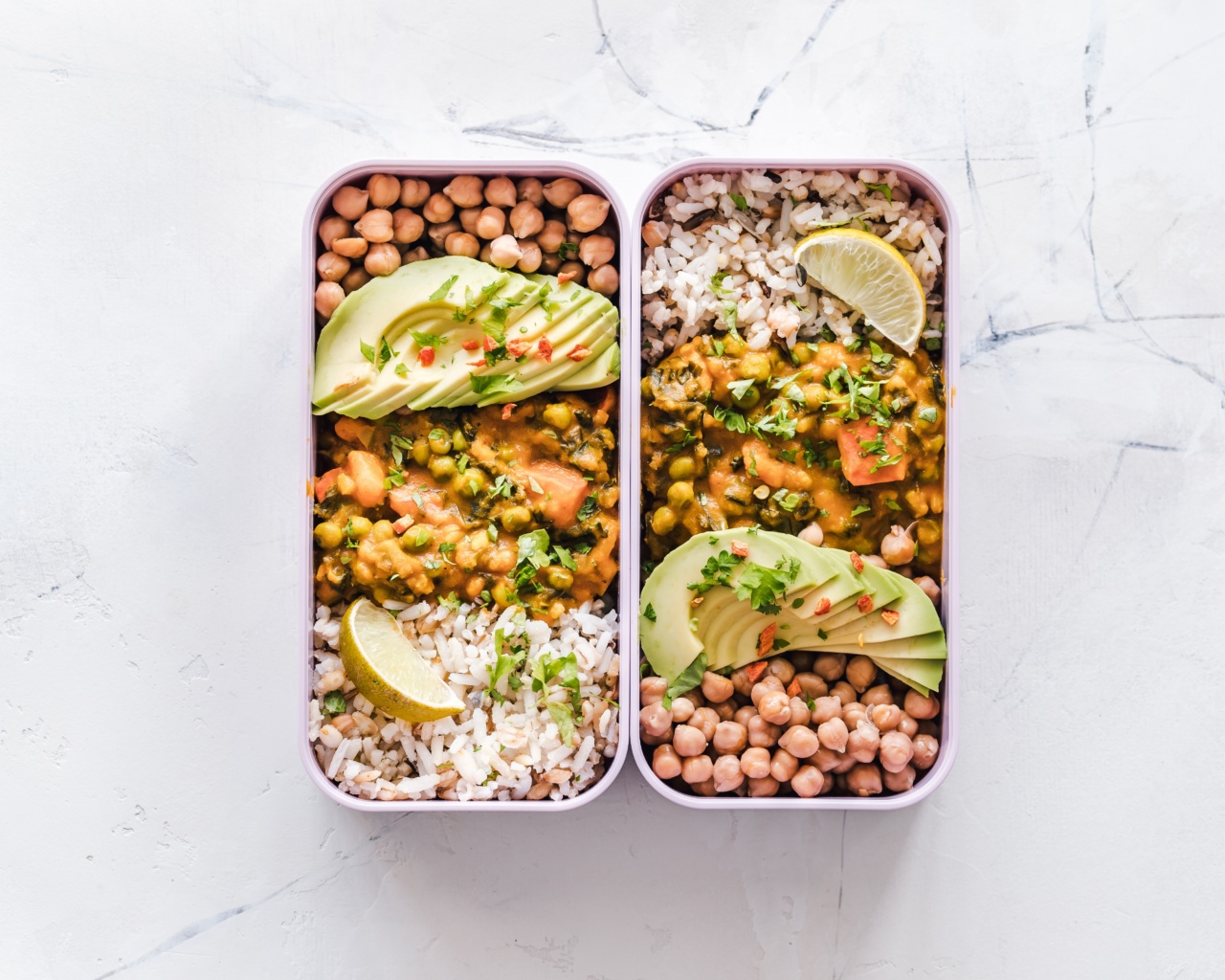Rice is a staple food in many cultures around the world, and for good reason. It’s affordable, versatile, and packed with essential nutrients. However, if you’re watching your calorie intake, rice can be a bit of a challenge.
Luckily, there are several strategies you can employ to enjoy the goodness of rice without the guilt of excess calories. In this article, we will explore some low-calorie rice cooking strategies that will help you maintain a healthy diet while still enjoying this beloved grain.
1. Opt for Whole Grain Rice
When it comes to rice, not all types are created equal. Whole grain rice, such as brown rice or wild rice, is much higher in fiber and nutrients compared to its refined counterparts.
The extra fiber will help you feel fuller for longer and reduce the overall calorie density of your meal. So, next time you’re at the grocery store, opt for whole grain rice instead of the refined white variety.
2. Cook with Broth or Stock Instead of Water
Using broth or stock instead of plain water to cook rice can add a lot of flavor without significant calorie increase. Choose low-sodium or homemade versions to keep the sodium levels in check.
The rice will absorb the flavorful liquid, resulting in a tasty dish that won’t leave you feeling deprived.
3. Incorporate Veggies
One of the easiest ways to reduce the calorie content of your rice dish is to bulk it up with vegetables. Peas, carrots, bell peppers, and mushrooms are just a few examples of veggies that can add texture, flavor, and nutritional value to your meal.
Plus, they will make your rice dish look even more colorful and appetizing.
4. Use Cauliflower Rice
If you’re looking to really slash the calorie content of your rice-based meal, consider using cauliflower rice instead. Cauliflower rice is simply cauliflower florets that have been grated or processed into rice-like pieces.
It’s an excellent low-calorie and low-carb alternative to traditional rice. You can easily make cauliflower rice at home by pulsing cauliflower florets in a food processor until they resemble rice grains or purchase it pre-made from the grocery store.
5. Watch Your Portions
Portion control is essential when it comes to any food, including rice. Even though rice is relatively low in fat, it can still contribute to weight gain if consumed in large quantities.
Be mindful of your portion sizes and aim to fill up on lean proteins and vegetables as well.
6. Experiment with Herbs and Spices
Enhance the taste of your rice without adding many calories by experimenting with herbs and spices. From fragrant herbs like cilantro and mint to bold spices like cumin and turmeric, there are endless possibilities to add flavor to your rice dishes.
Not only will this make your rice taste delicious, but it will also allow you to skip high-calorie condiments like butter or sauces.
7. Try Different Rice Varieties
Besides brown rice and wild rice, there are many other rice varieties that you can explore to keep your meals interesting and low in calories. Examples include black rice, red rice, and jasmine rice.
Each variety has its unique flavor, texture, and nutritional profile, providing ample opportunities for experimentation.
8. Pair with Lean Proteins
Incorporating lean proteins into your rice-based meals can add satiety and help balance out the overall nutrient content. Grilled chicken, tofu, lean beef, or seafood are all excellent options to pair with your rice dishes.
This way, you can create a well-rounded, satisfying, and low-calorie meal.
9. Be Mindful of Added Fats
While fats can be a flavorful addition to rice dishes, they can also significantly increase the calorie content. Be mindful of added fats like oils or butter and try to limit them when possible.
If you do want to include fats, opt for healthier options like olive oil or avocado instead of saturated fats.
10. Practice Mindful Eating
Mindful eating involves paying attention to your food, savoring each bite, and eating slowly. By practicing mindful eating, you can enhance your enjoyment of rice dishes without overeating.
It allows you to be in tune with your body’s hunger and fullness cues, ultimately helping you maintain a healthy calorie intake.






























